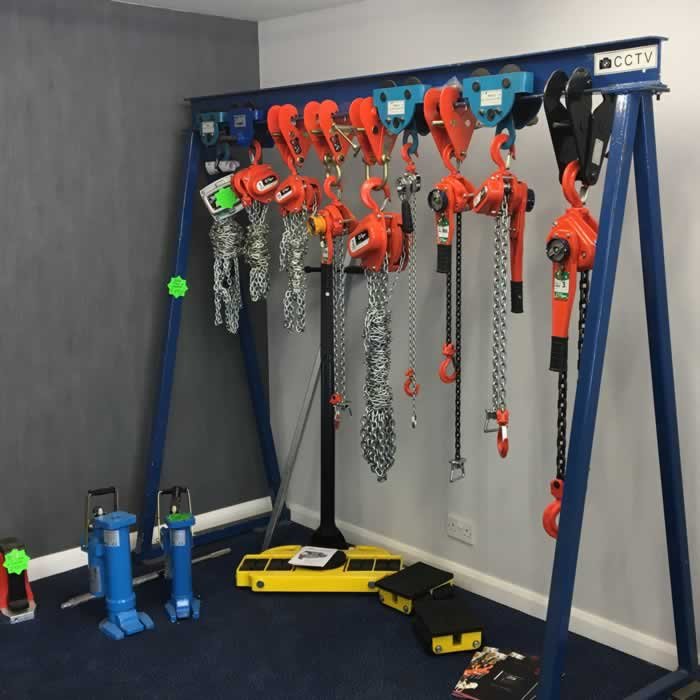Lifting solutions that prioritize safety.


Safety lifting, often referred to as safe lifting practices or safe lifting procedures, is a set of guidelines and precautions designed to ensure that lifting and hoisting operations are performed safely to prevent accidents, injuries, and damage to equipment. Whether in construction, manufacturing, or material handling industries, adhering to safe lifting principles is crucial. Here are some key elements of safe lifting:
Assessment: Before any lifting operation, assess the load’s weight, size, shape, and center of gravity. Determine if lifting equipment, such as cranes or forklifts, is appropriate for the task.
Training: Ensure that personnel involved in lifting operations are properly trained in safe lifting techniques, equipment operation, and load securing methods.
Lifting Equipment Inspection: Regularly inspect lifting equipment, such as cranes, hoists, slings, and chains, to ensure they are in good working condition. Faulty equipment can lead to accidents.
Load Securing: Properly secure the load to prevent shifting or falling during lifting. Use appropriate slings, hooks, and attachments, and make sure they are rated for the load’s weight.
Weight Limits: Know and adhere to the weight limits of lifting equipment and lifting attachments. Overloading can lead to equipment failure and accidents.
Communication: Establish clear communication between the equipment operator and ground personnel during lifting operations to ensure safe and coordinated movements.
Proper Technique: Train workers in proper lifting techniques, emphasizing techniques that minimize strain on the back and body. Encourage the use of mechanical aids, like dollies or hand trucks, when possible.
Personal Protective Equipment (PPE): Provide workers with appropriate PPE, including gloves, safety glasses, and steel-toed boots, to protect against potential hazards.
Environmental Factors: Consider environmental factors such as wind, weather, and ground conditions when planning and executing lifting operations.
Emergency Procedures: Have clear emergency procedures in place in case of accidents or equipment failures during lifting operations.
Adhering to these safe lifting practices helps prevent accidents, reduces the risk of injuries, and ensures that materials and equipment are handled efficiently and securely. It is essential for employers and workers to prioritize safety in all lifting activities.

